TODAY: Mix of clouds and sun, dry. Winds: NW 5-10. High: near 60
WEDNESDAY NIGHT: Partly cloudy and cool. Low: 45
THURSDAY: Spectacularly sunny and mild. High: 70
FRIDAY: Best day in sight. Light winds. Wake-up: 51. High: 73
SATURDAY: Fading sun, dry most of the day. Wake-up: 54. High: 72
SUNDAY: Best chance of rain, cooler. Wake-up: 55. High: 64
MEMORIAL DAY: Sunny start, few PM showers possible. Wake-up: 58. High: 68
TUESDAY: Unsettled, few late PM T-storms rumble into town. Wake-up: 59. High: 71
Light a CandleStorms,
given a choice, prefer to come on holiday weekends. That's the
perception anyway. There is no scientific evidence confirming that
throngs of people on their decks, beaches or boats attract rain drops.
This has not been proven.
But we're all more weather-sensitive on
weekends, and holiday weekends bring even greater scrutiny of the sky
churning overhead. What can possibly go wrong, and what time?
Keep your expectations low and you'll never be disappointed. Which is a sad way to go through life - but it works.
Have a Plan B, indoors, for
Sunday, probably the coolest, wettest day of the holiday weekend. Clouds increase
on Saturday but we should salvage some sun with highs near 70F. And spurts of lukewarm sun are possible on Labor Day with
Monday highs in the 60s with a PM shower or T-shower. A long way from perfect but we've seen far worse.
The atmosphere should be too cool and stable for anything severe, but a period of heavier, steadier rain
on Sunday may foul up outdoor plans.
Disclaimer: I'm just the messenger. I'm heading up to our cabin and the concept of warm sunshine resonates with me too.
But in spite of recent heavy rains over central Minnesota most of the state is still in moderate drought.
No whining about rain!
Looks Like A Holiday.
No, the Memorial Day Weekend won't be a total wash-out. Saturday looks
acceptable with sun fading behind increasing clouds, maybe a shower or
T-shower sneaking in late in the day. Sunday could be a cool, sloppy
mess with periods of rain, but long-range guidance from the GFS (above)
and ECMWF suggest a few sunny breaks on Memorial Day with a late-day
shower or T-shower. A far cry from perfect but we've seen (much) worse.
Animation: AerisWeather.
1-Minute Satellite Updates on GOES-14. This is pretty amazing, an entirely new level of resolution and latency with satellite imagery. Here's an excerpt from
CIMSS Satellite Blog: "
GOES-14 is producing imagery at 1-minute intervals as part of Super-Rapid Scan Operations for GOES-R (SRSO-R).
Sectors that are scanned change each day and are determined by likely
weather events. The animation above, in the southwest corner of the Monday May 18 sector shows strong convection over northern Louisiana. (A similar animation in mp4 format is available here (YouTube))
A benefit of 1-minute imagery is that it can capture the entire
lifecycle of overshooting tops, cloud-top features that typically form
and decay in less than 10 minutes..."
Washington State Is In A Drought "Unlike Any We've Ever Experienced". Rainfall
has been sufficient, but snowfall (which is relied upon for gradual
melting later in the season) has been very sparse, thus the problems.
ThinkProgress has the story - here are is an excerpt that caught my eye: "...
Statewide,
snowpack levels are currently 16 percent of normal, ten percent lower
than the last time a statewide drought emergency was declared in 2005.
Of 98 snow sites measured at the beginning of the month by the Natural Resources Conservation Service
(NRCS), 66 were snow free — 11 of them for the first time in history.
Along with record low snowpack, the NRCS found that 17 of 34 long-term
measuring sites recorded their earliest peak on record, occurring on
average 48 days earlier than normal. “This drought is unlike any we’ve
ever experienced,” Maia Bellon, director of the Washington Department of
Ecology, said. “Rain amounts have been normal but snow has been scarce. And we’re watching what little snow we have quickly disappear...”
Photo credit above: "
Washington Gov. Jay Inslee talks to the media about his statewide drought emergency
as state ecology director Maia Bellon looks on, Friday, May 15, 2015,
in Olympia, Wash. Inslee said parts of the state have been severely
impacted by record low snowpack levels." (AP Photo/Rachel La Corte).
Stop Drinking Bottled Water. Gizmodo
has a screed on the long-term stupidity of drinking water out of a
bottle that resonated. It's something I - personally - have to work on.
Very easy to be a hypocrite on this one. Yes, bottles are convenient,
but at what long-term cost? Here's an excerpt of a salty, PG-rated post:
"...
Clean, safe drinking water that flows freely out of our faucets
is a feat of engineering that humans have been been perfecting for two
millennia. It is a cornerstone of civilization. It is what our cities
are built upon. And over the years the scientists and hydrologists and
technicians who help get water to our houses have also become our
environmental stewards, our infrastructural watchdogs, our urban
visionaries. Drinking the water these people supply to our homes is the
best possible way to protect future access to water worldwide. Companies
that package water in a single-use bottle are not concerned with the
future..."
Illustration credit: Tara Jacoby.
Infoporn: When Is The Next Major Hurricane Going To Hit? We haven't seen a major hurricane drought this long since the 1860s, according to a fascinating story at
WIRED; here's an excerpt: "...
This is weird. A study published last week in Geophysical Research Letters looked
at just how rare a hurricane drought like this is, analyzing
weather records back to 1851. Turns out it’s the longest stretch without
a major hurricane ever. The last time the US came close to it was all
the way back in the 1860s, when the coast went 8 years dry..."
Trust (With A Margin of Error) Upcoming Tropical Storm Forecasts.
Long range tropical forecasts are maddening - still not terribly much
skill there. It's like predicting the winter to come. Good luck with
that. Here's an excerpt of an interesting story at
FiveThirtyEight: "...
Over
the past 14 seasons, the correlation between the predicted number of
hurricanes and the actual number has been only 0.19 for both Colorado
State and the CPC. In other words, there hasn’t been much of a
relationship at all. That’s not too surprising given that forecasters
still have a difficult time forecasting the intensity of a hurricane even a few days out..."
Why You Should Never Use Your Own Vehicle to Chase Tornadic Storms: Exhibit A.
Because the same supercells that spawn tornadoes often have extreme
updrafts capable of baseball or softball size hail. Check out this
YouTube video from Midwest Storm Chasers and Researchers: "
Video
from our chase May 17th in southwest Oklahoma - starting with some
massive softball hail falling at our location several miles away from
the main hail core of the supercell. We attempted to escape before the
windshield broke out but no such luck. This was the first time in the 7
years I've been chasing that I've lost a window from anything storm
chasing related..."
Better Than Guns: Oklahoma Dealer Gives Away Tornado Shelters With New Cars in May. What a great idea! And another sign of the impending Apocalypse.
The Car Connection has the story; here's a clip: "...
Between dissipating brand loyalty, new packages and add-ons for shoppers, and the occasional start-up elbowing its way into the industry, selling cars is as competitive as it's ever been. But one dealer in Oklahoma
is offering something extra that could blow away the competition. Its
not giving away guns or puppies or above-ground pools, but a free tornado shelter with every purchase..."
"Vortex" Bladeless Turbines Wobble to Generate Energy. More clean, renewable energy - less of an aesthetic blight on the landscape? We'll see, but this story at
Gizmag caught my eye; here's a clip: "
Looking
somewhat like a giant reed gently swaying in the wind, the new Vortex
bladeless wind-driven generator prototype produces electricity with very
few moving parts, on a very small footprint, and in almost complete
silence. Designed to reduce the visual and aural impact of traditional
spinning-blade turbines, this new device takes advantage of the power
contained in swirling vortices of air..."
A Shower of Baby Spiders?
It can always be worse, right? Here's an excerpt of a harrowing story
(for those of us who aren't big fans of spiders), courtesy of
The Washington Post: "...
“Spider rain” happens when large groups of arachnids migrate all at once, using a technique called “ballooning.” According to a 2001 study in
the Journal of Arachnology, the spiders will spin out dozens of silk
strands at once so that they fan out and form a triangular parachute,
allowing the clever critters to catch a breeze toward new ground. Rick
Vetter, an entomologist at the University of California Riverside, told Live Science that many spiders use ballooning — usually just not all at once..."
Climate Stories....
Obama Drills a Hole In His Climate Policy. If
you're confused and disappointed about President Obama giving a green
light to Shell to drill in the Arctic you're not alone. Here's a snippet
of a column at
The Washington Post: "...
Since
some oil has to stay where it is, why not attack the supply side of the
equation by firmly deciding to keep drilling rigs out of the Arctic
Ocean? The environmental risk alone would justify saying no to Shell’s
plans; a big spill would be a disaster. But even if Arctic oil can be
exploited without mishap, we’re talking about billions of gallons of oil
being added to a market that is presently glutted. It doesn’t matter
whether that oil is eventually burned in New York or New Delhi, in Los
Angeles or Lagos. If we don’t take a stand in the Arctic, then where?
And if not now, when?"
Photo credit above: "
The
Polar Pioneer drilling rig sits docked at the Port of Seattle, Monday,
May 18, 2015, in Seattle. Demonstrators opposed to Arctic oil drilling
rallied near the rig Monday, showing opposition to a lease agreement
between Royal Dutch Shell and the Port to allow the Polar Pioneer and
other drilling equipment to be based in Seattle." (AP Photo/Ted S. Warren).
Americans Like To Have 6 Times More Very Hot Days by 2100: Study.
Reuters has a summary of recent research; here's the intro: "
Americans
are likely to have six times more days above 35 degrees Celsius (95
Fahrenheit) by 2100, partly because of climate change, scientists said
on Monday, with heat already linked to hundreds of deaths a year in the
United States. By the late
21st century, exposure to sweltering heat would leap to between 10 and
14 billion "person days" a year, a team led by Bryan Jones of the Baruch
College School of Public Affairs in New York wrote in the journal
Nature Climate Change..."
* the full report at Nature Climate Change is
here.
Chemo For The Planet.
With nations collectively sitting on their hands, energy demand
continuing to grow and little chance of a price on carbon in the near
future will we be relegated to cooling things down with geoengineering,
injecting man-made chemicals into the stratosphere? Again I ask the
rhetorical question: what can possibly go wrong? Here's an excerpt of a
New York Times column that's worth a look: "...
Fossil
fuels remain the world’s default energy source, and — despite the
impressive growth of global solar capacity over the last decade — that’s
likely to be the case for decades to come. A carbon tax on the worst
emitters has gotten nowhere. So maybe we need to start thinking about
coming at the climate-change problem from a different direction. Instead
of hoping that humans will start reducing their carbon use, maybe it’s
time to at least consider using technology to keep climate change at
bay..."
IMF Says Energy Subsidized by $5.3 Trillion Worldwide.
Don't ever let anyone tell you the fossil fuel industry isn't
subsidized by governments around the world; here's an excerpt from
Reuters:
"Governments
around the world charge prices for energy that do not account for its
harmful environmental, health and other side effects, amounting to a
$5.3 trillion "post-tax" subsidy this year, the International Monetary
Fund said in a report on Monday. The IMF said China
in particular failed to charge its more than 1 billion consumers for
the pollution that comes from heavy use of fossil fuels, adding up to a
$2.3 trillion subsidy this year.
The United States was the second-biggest offender, with an estimated
$699 billion subsidy, followed by Russia, the European Union, India and
Japan..." (File photo: Matt Brown, AP).
"Climate Denial Does Best In The Dark".
Salon
has an interview with Congress's most outspoken critic of the current
political gridlock on climate action, Rhode Island Senator Sheldon
Whitehouse. Here's an excerpt: "...
And I’d add one additional point,
and that is that it certainly isn’t going to look good for our
democracy, around the world, as people in villages and along coastlines
and on farms around the world really start to get hit by climate change,
and they start to look around for an explanation, they see the biggest
country in the world, [in terms of] the one who put the most carbon up
into the sky, the one that offers itself as the shining “city on the
hill” and the example couldn’t take action even when they knew better,
because polluter money had so polluted that democracy that we couldn’t
take action on time. So I do think that…there’s going to be a
significant reputational harm that we’ll suffer from having been so slow
to be responsible about this.." (File photo: AP Photo/Stew Milne).
With Climate Change, Ticks Marching Farther and Earlier. Yes, the ticks are out in full force. Here's an excerpt of a story at
Climate Central: "...
But
in a warming world, May is really too late to get people thinking about
protecting themselves, said Richard Ostfeld, a disease ecologist at the
Cary Institute of Ecosystem Studies
in Millbrook, N.Y. “The nymphs used to peak in June,” he said,
referring to immature ticks, which are most likely to transmit disease.
“Now it’s happening in mid-May, and if you project forward with simple
climate models, it’ll be early May within a couple of decades.” That’s the conclusion of a paper Ostfeld co-authored recently in the journal Philosophical Transactions B, published by Britain’s Royal Society..." (image above courtesy of
tickinfo.com).
Global Warming Fueling Fewer But Stronger Hurricanes, Study Says. Which
matches the trends of what we're seeing in the data, especially during
the warm weather months: fewer storms overall, but the storms that do
spin up have a much better chance of producing excessive rains from the
Upper Midwest to New England. Here's an excerpt from
The Capital Weather Gang: "
Warmer
ocean temperatures appear to be fueling more intense hurricanes at the
expense of the overall number of storms, says a new study published
today in Nature Climate Change.
Over the past decade, studies have analyzed ad nauseam how warmer
temperatures might be changing the annual number of hurricanes, or the
maximum intensity. In theory, the hurricane hypothesis has always been a
simple one: Tropical cyclones are fueled by warm ocean surface water,
so warmer oceans should be fueling stronger hurricanes..."
May CO2 Peak Shows Trend is Up, Up, Up. Here's a clip from an update at
Climate Central: "...
The
amount of heat-trapping carbon dioxide in the atmosphere has been
measured at the observatory atop Hawaii’s Mauna Loa volcano since 1958,
producing a record that shows not only the yearly maximum and minimum
driven by the spring bloom and fall dieback of plants, but also the steady climb in CO2 levels
every year. The last few years have seen a spate of atmospheric CO2
milestones in the Mauna Loa record: The first measurement of CO2 above 400 parts per million (ppm) in May 2013, the first month entirely above 400 ppm in April of last year, and this year will likely see several months with an average above that level..."

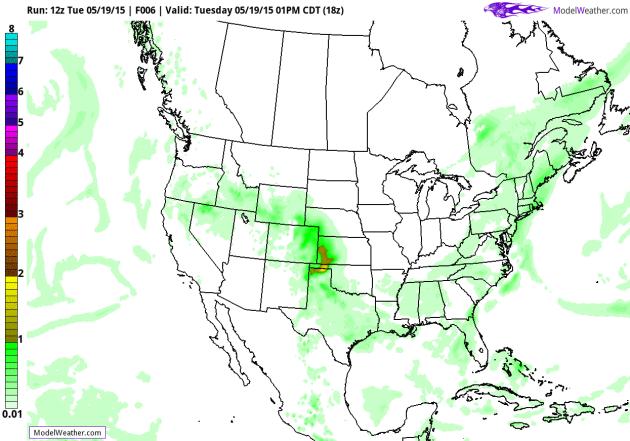
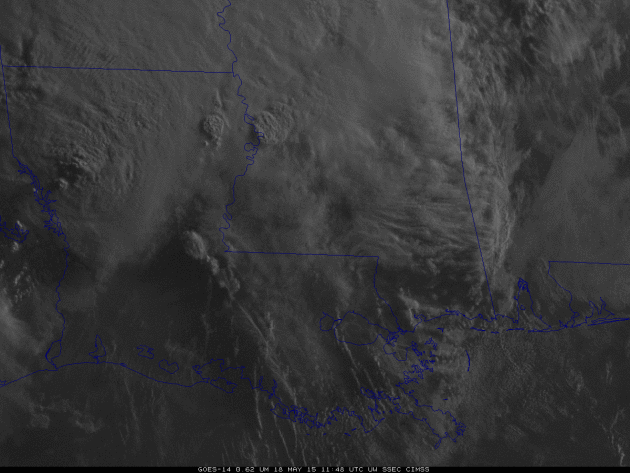
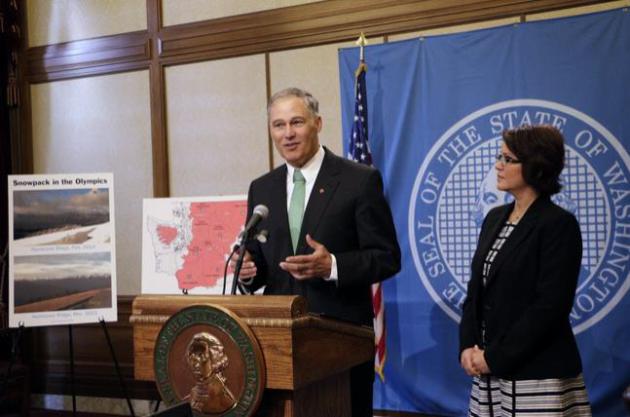

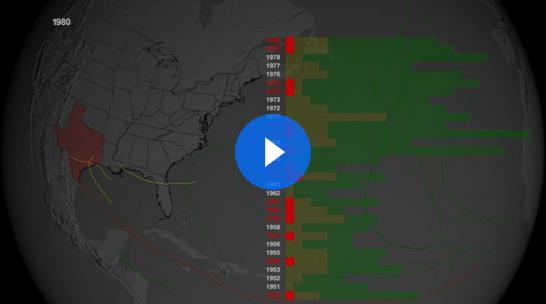
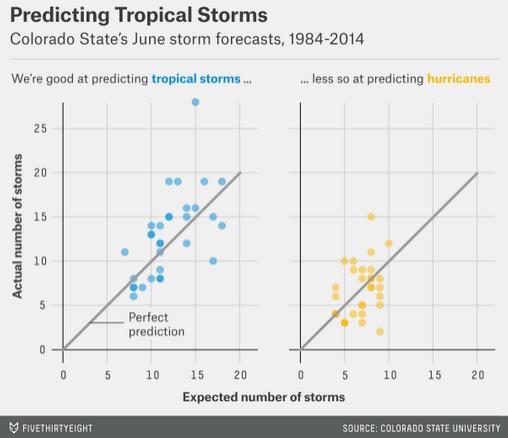
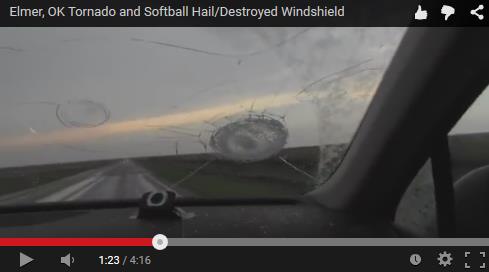
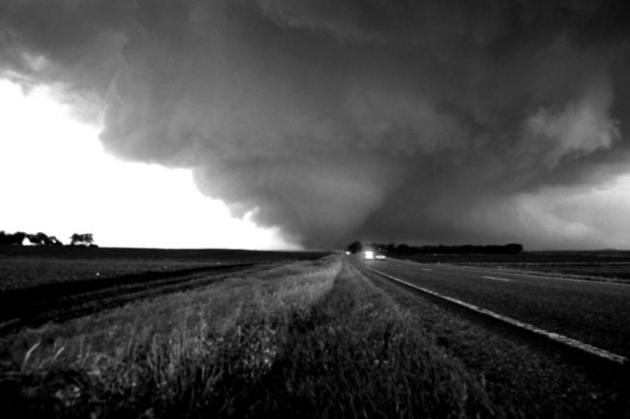
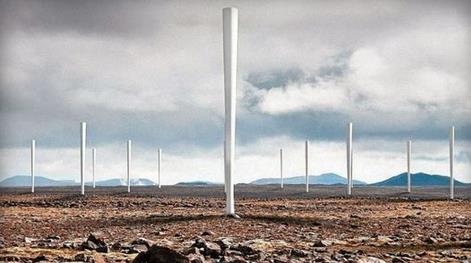
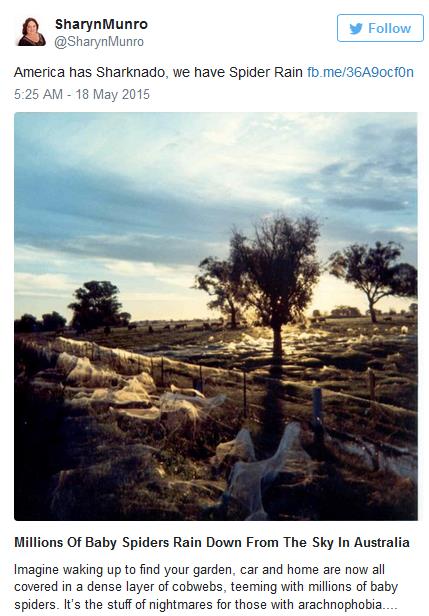



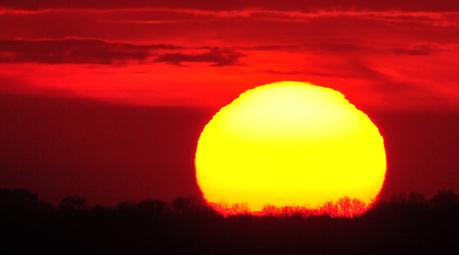

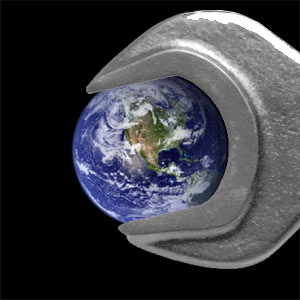



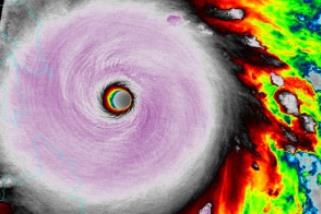

No comments:
Post a Comment